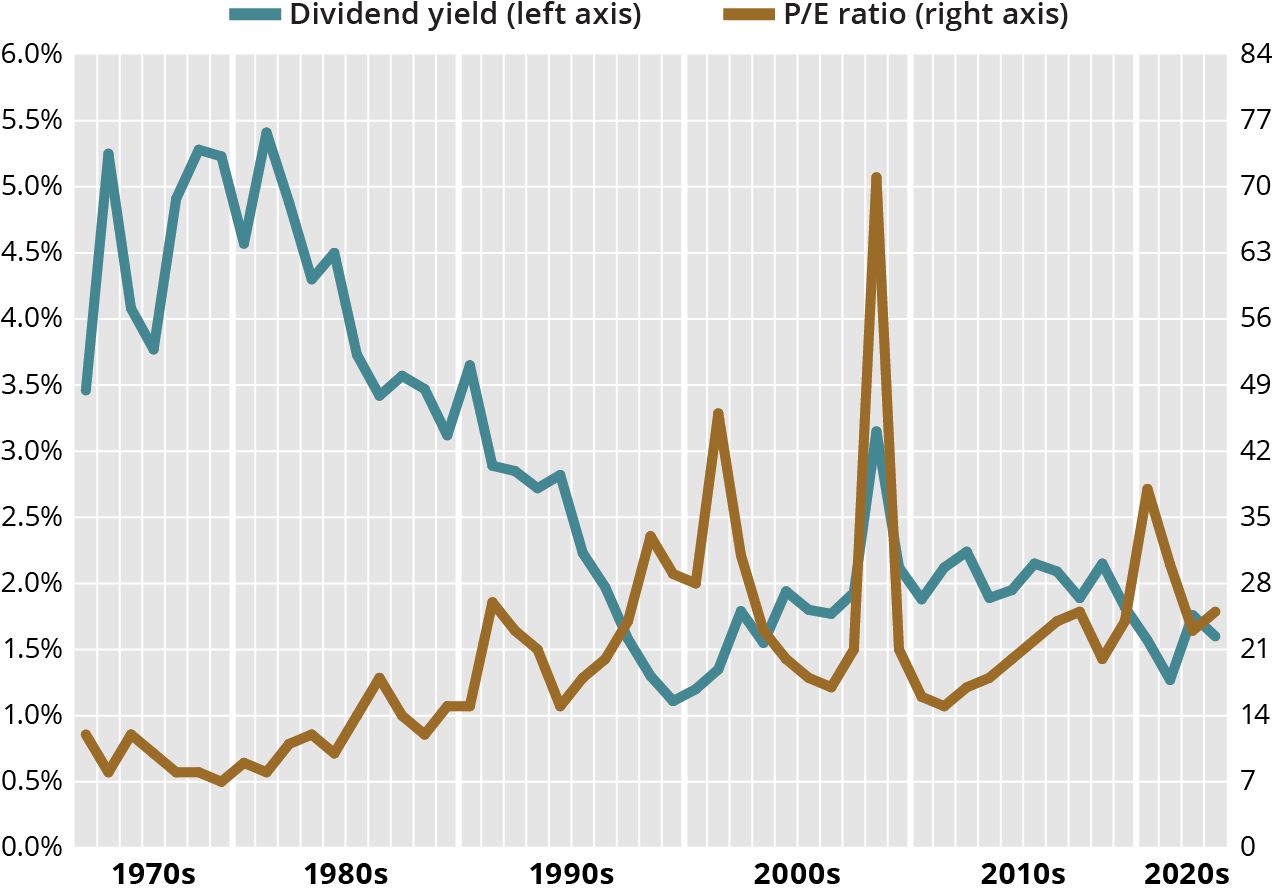Home>Finance>Placed-in-Service Definition, Significance For Assets


Finance
Placed-in-Service Definition, Significance For Assets
Published: January 8, 2024
Learn the importance of the placed-in-service definition for assets in finance. Discover why this term is crucial for financial planning and asset management.
(Many of the links in this article redirect to a specific reviewed product. Your purchase of these products through affiliate links helps to generate commission for LiveWell, at no extra cost. Learn more)
Understanding the Placed-in-Service Definition and Its Significance for Assets
When it comes to managing finances, it is crucial to understand the various terminologies and concepts that can have a significant impact on your financial standing. One such concept that often comes up in the world of finance is the “Placed-in-Service” definition. In this blog post, we will dive deeper into what the Placed-in-Service definition means and why it holds utmost importance for assets.
Key Takeaways:
- The Placed-in-Service definition refers to the specific date when an asset is ready for its intended use.
- Knowing the Placed-in-Service date can help individuals and businesses determine the eligibility for tax benefits and depreciation deductions.
So, what exactly is the Placed-in-Service definition? In simple terms, it refers to the specific date when an asset is deemed ready and available for its intended use. It marks the point at which an asset becomes operational, and its utilization begins. This could apply to a wide range of assets, including real estate properties, machinery, vehicles, and more.
The Placed-in-Service definition holds great significance for several reasons:
Tax Benefits:
By knowing the precise Placed-in-Service date, individuals and businesses can determine their eligibility for various tax benefits and incentives. For instance, when it comes to depreciation deductions, the Placed-in-Service date plays a vital role in determining the rate at which an asset can be depreciated for tax purposes. It allows businesses to spread out the cost of the asset’s acquisition over its useful life, reducing their tax burden.
Eligibility for Credits:
Additionally, the Placed-in-Service date is also considered when determining eligibility for certain tax credits. These credits can significantly impact an individual’s or a business’s tax liability. Understanding the Placed-in-Service definition can help ensure that you are making the most of available tax credits and maximizing your potential savings.
To determine the Placed-in-Service date for an asset, certain criteria must be met. These include:
- The asset must be ready and available for its intended use.
- All necessary inspections and tests must be completed.
- Any required certifications or licenses must be obtained.
Furthermore, it is important to note that the Placed-in-Service date can have different implications depending on the context. For example, in the real estate sector, it may refer to when a property is available for rent or when it generates rental income. In contrast, for equipment and machinery, it may refer to the date when they are fully operational.
In conclusion, understanding the Placed-in-Service definition is essential for individuals and businesses alike. It not only helps determine eligibility for tax benefits and depreciation deductions but also plays a vital role in maximizing savings and managing finances effectively. By staying informed about this concept, you can make well-informed decisions that will positively impact your financial position.














